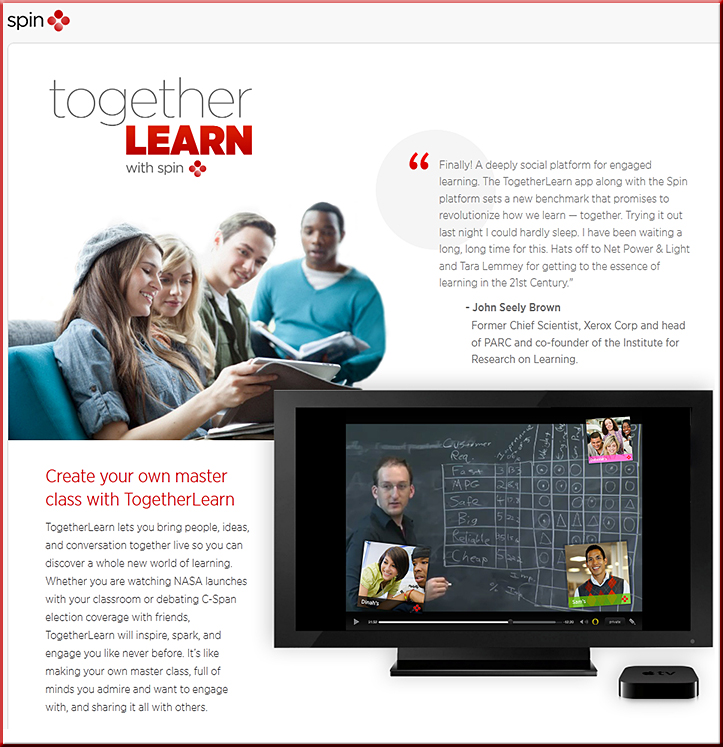From DSC:
I’d like to thank Mr. Cal Keen, an incredible technologist
and a great person from Calvin College, for this resource.
.
Also relevant/see this item from educationdive.com:
FROM THE CAMPFIRE TO THE HOLODECK
Author: David Thornburg
Release Date: Available now
Price: $21.64 (Hardcover)
With “From the Campfire to the Holodeck: Creating Engaging and Powerful 21st Century Learning Environments,” award-winning futurist and educational consultant David Thornburg sets out to provide schools with a guidebook for transitioning from traditional classrooms and lecture halls to the immersive, student-centered, technologically driven learning experience of tomorrow. That’s where the title comes in, if you haven’t picked up on it yet, as it takes teachers from being the “sage on the stage” dictating everything to students to being the “guide at the side,” facilitating the experience.

Addendum:









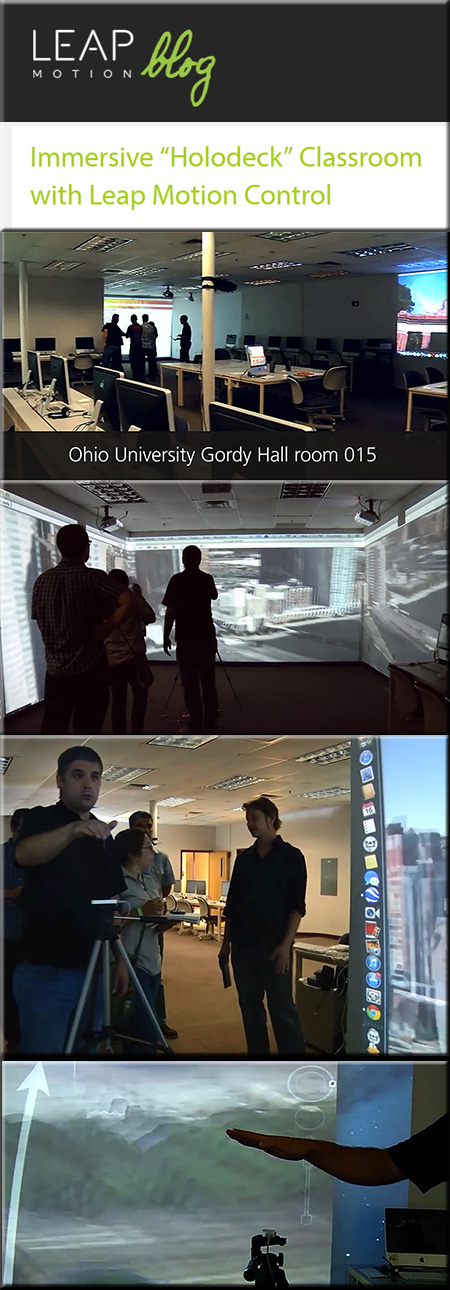
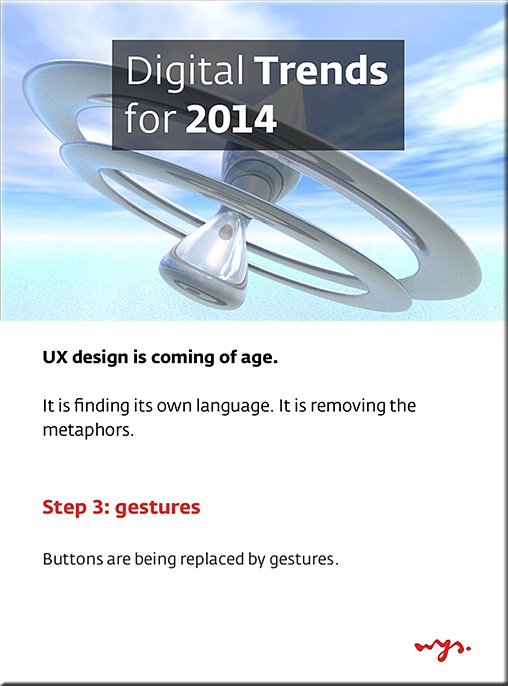
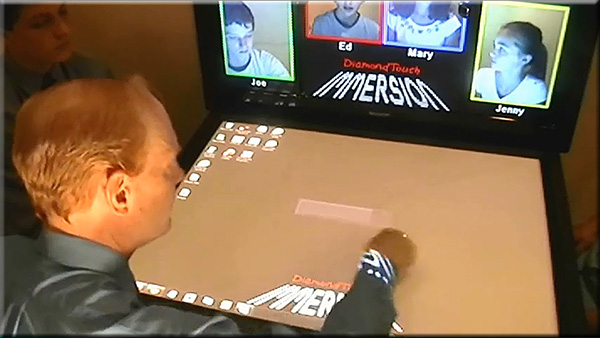
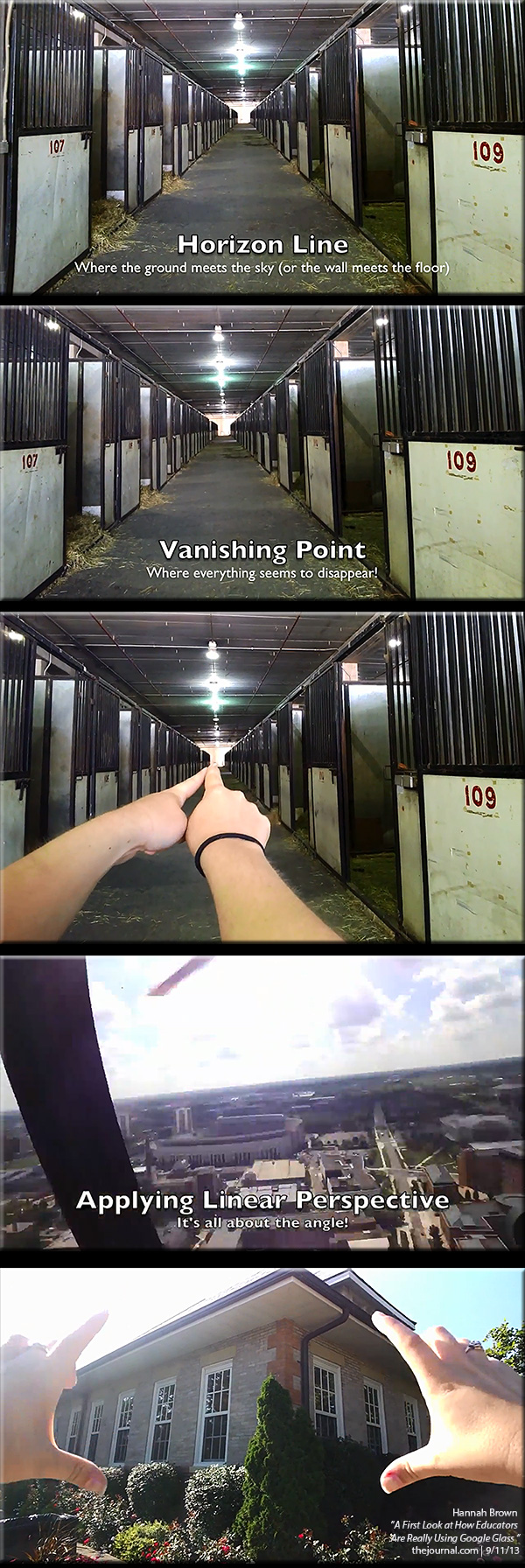
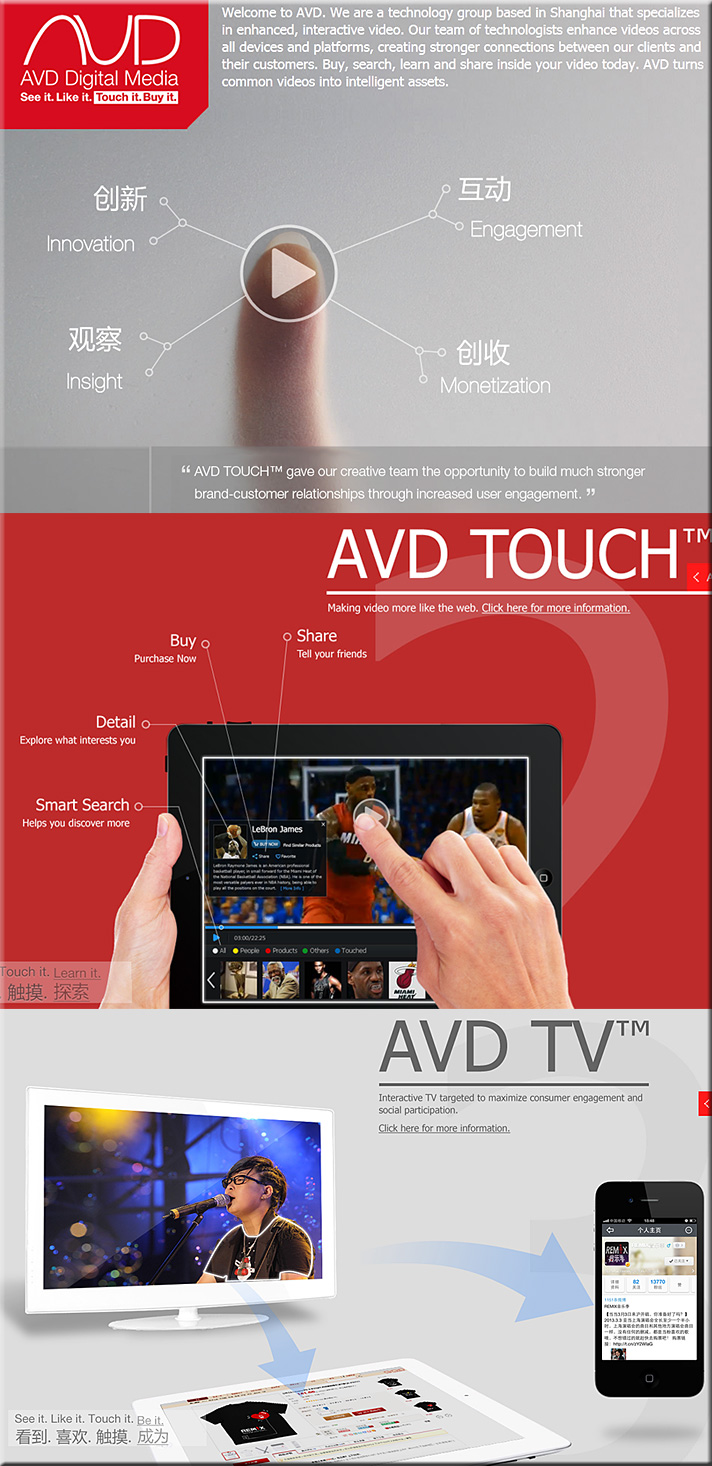


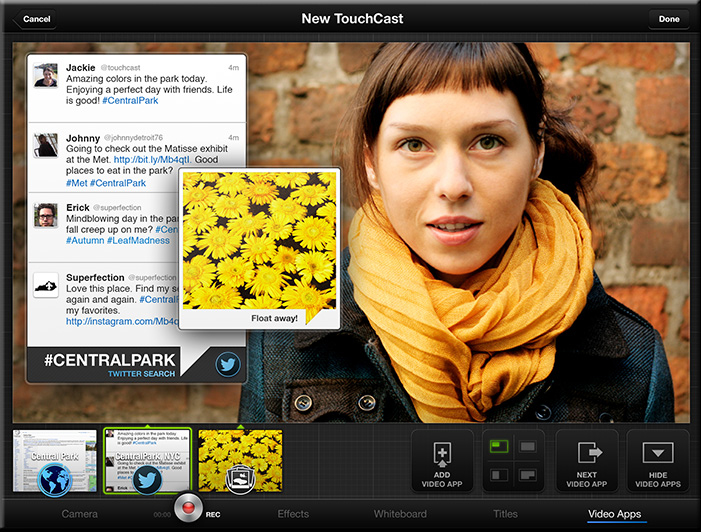

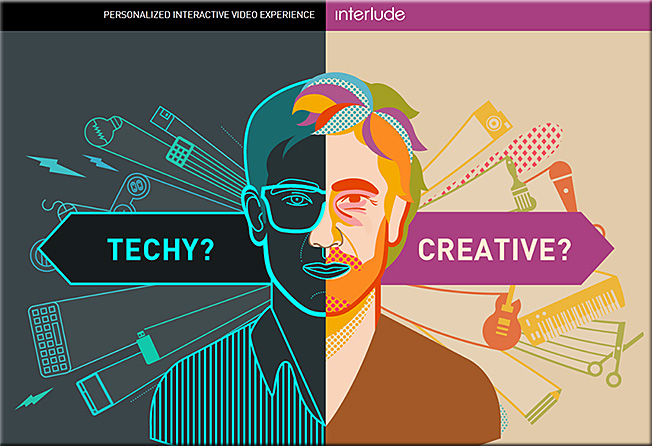
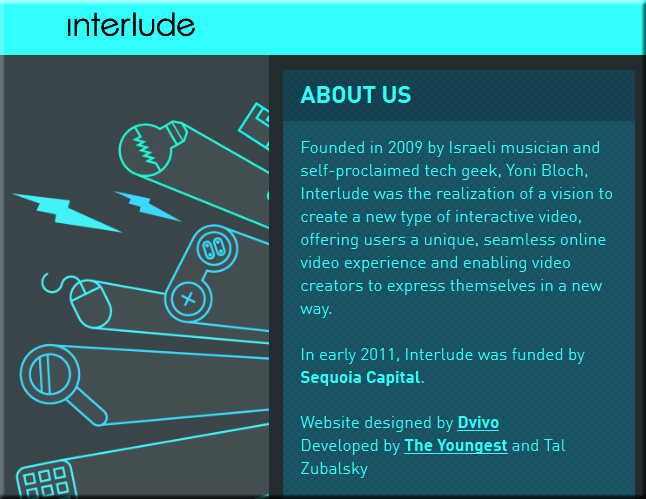
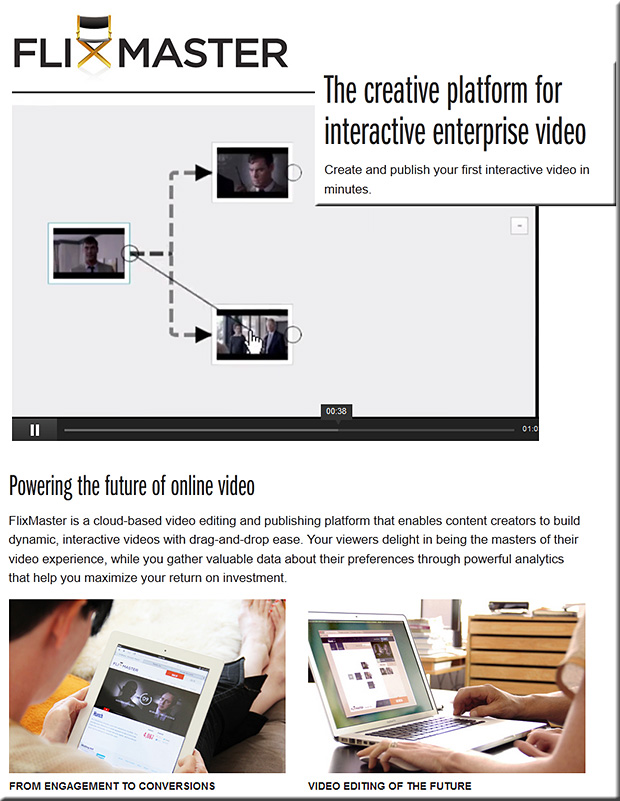
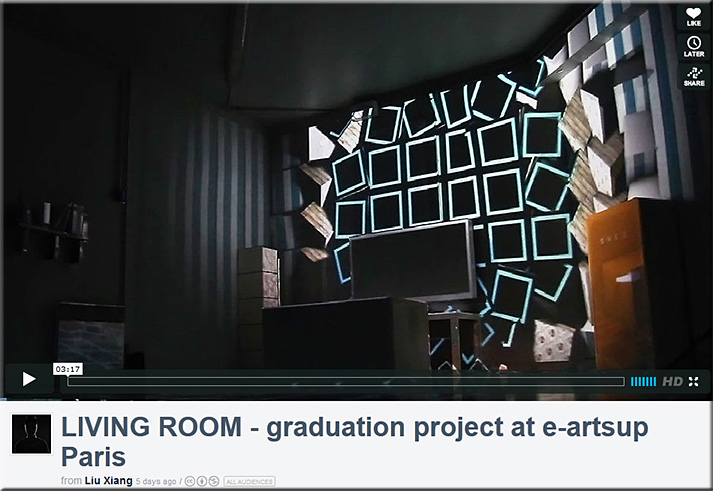
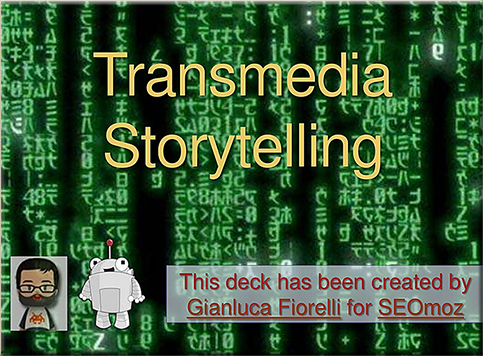
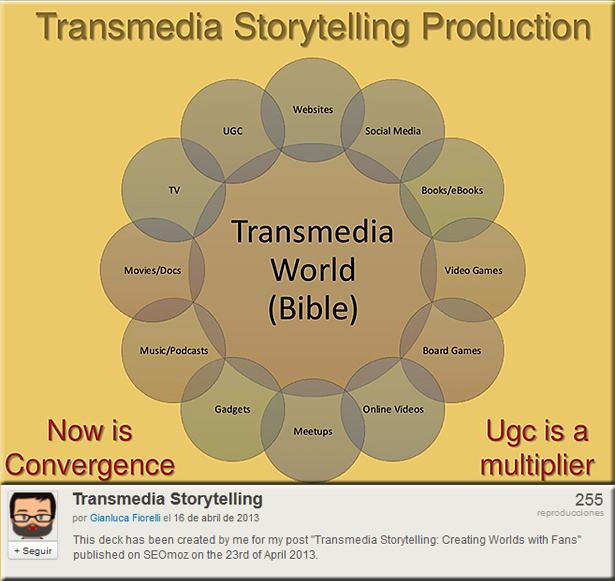
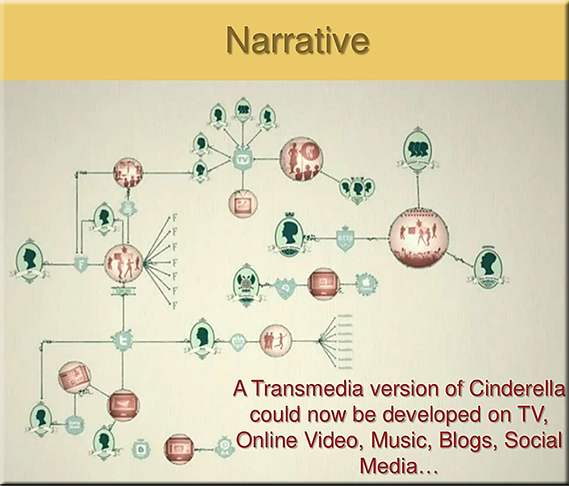
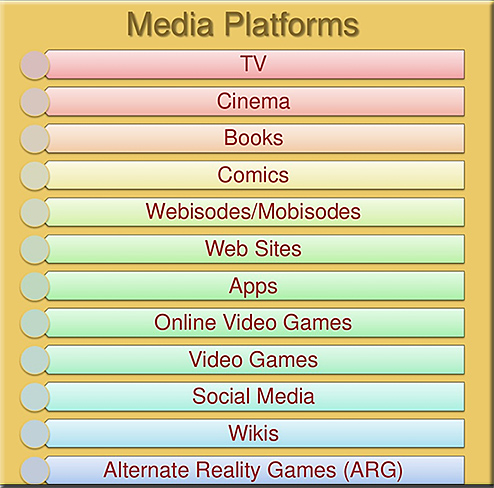
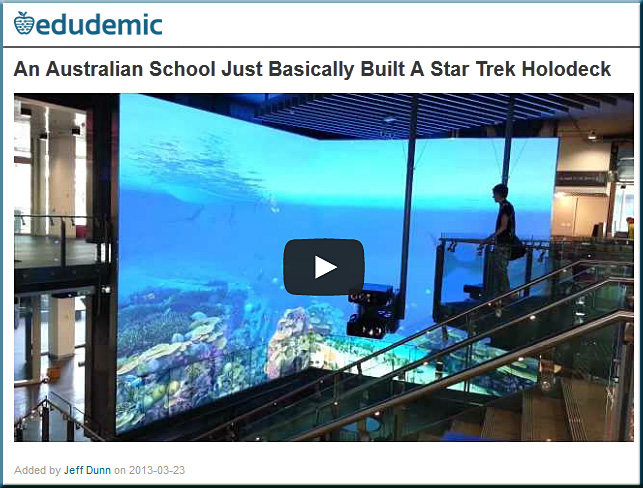


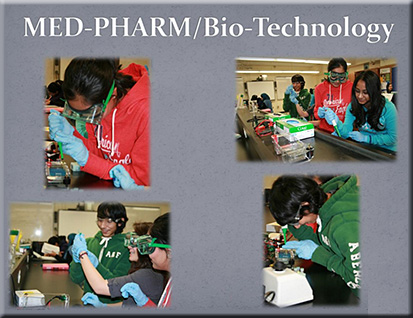

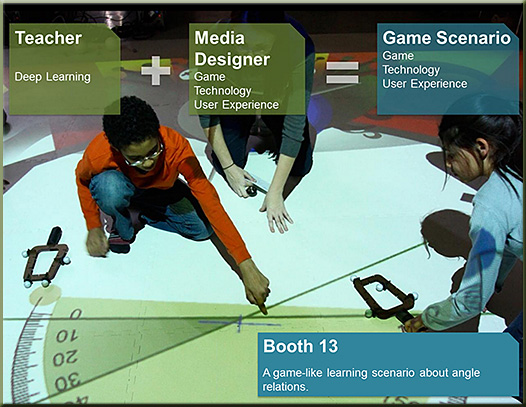
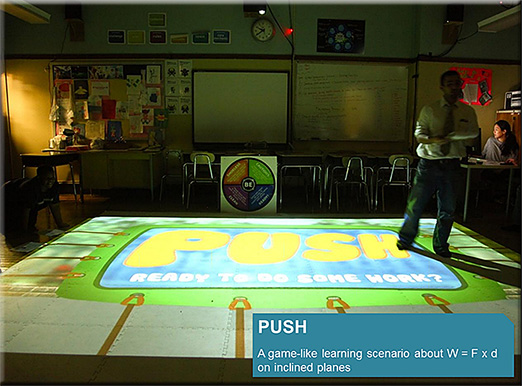
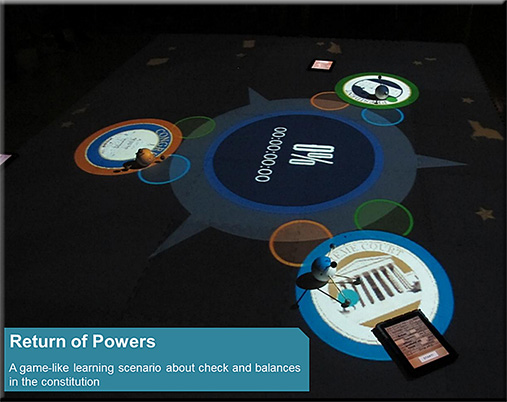

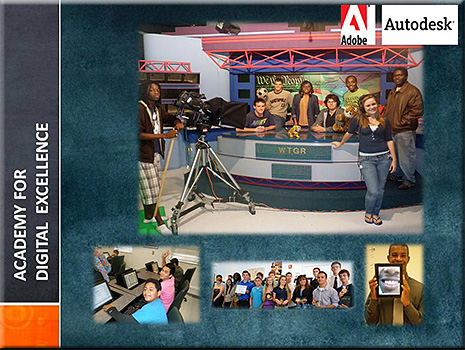
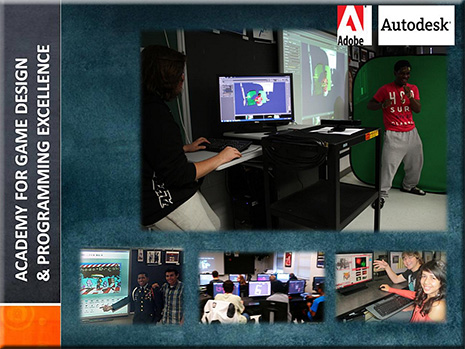
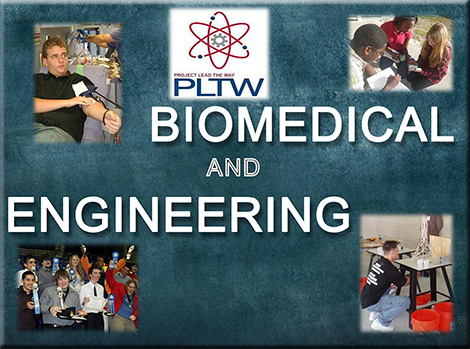
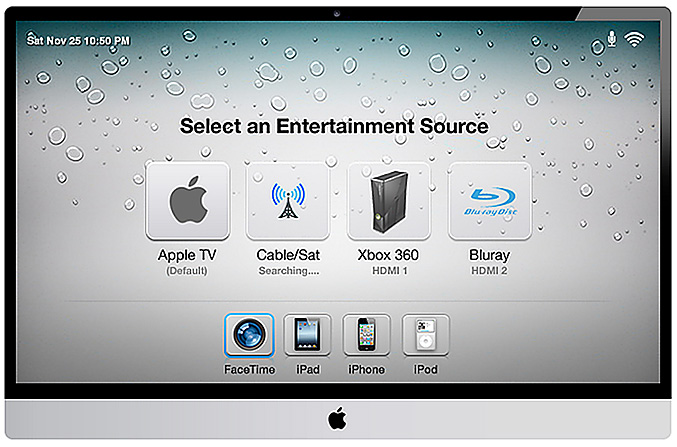

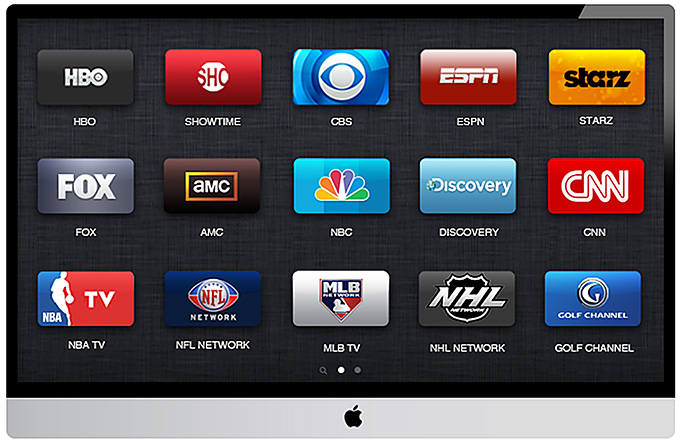

![The-Living-Class-Room-Daniel-S-Christian---July-2012 The Living [Class] Room -- by Daniel Christian -- July 2012 -- a second device used in conjunction with a Smart/Connected TV](http://danielschristian.com/learning-ecosystems/wp-content/uploads/2012/07/The-Living-Class-Room-Daniel-S-Christian-July-2012.jpg)


